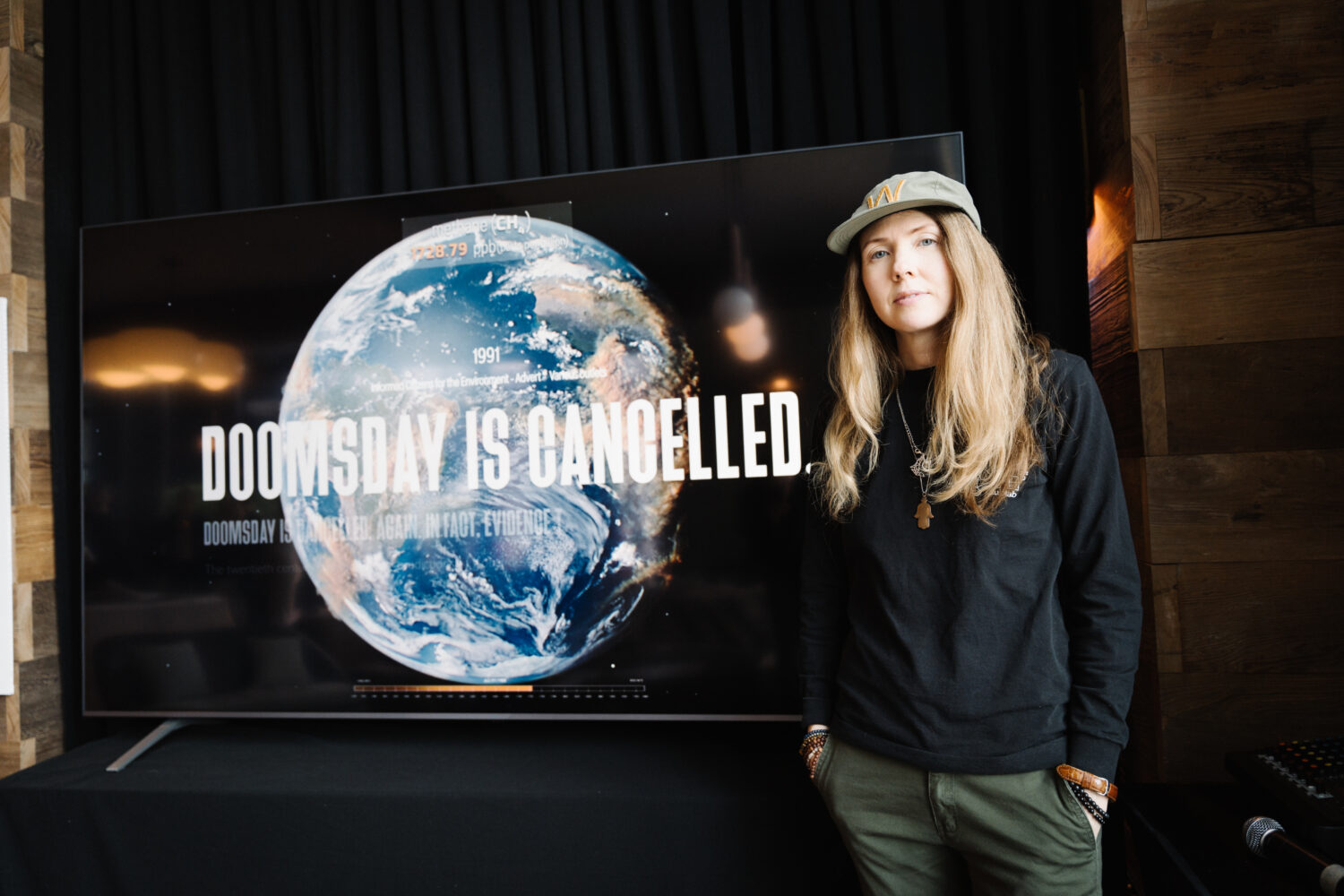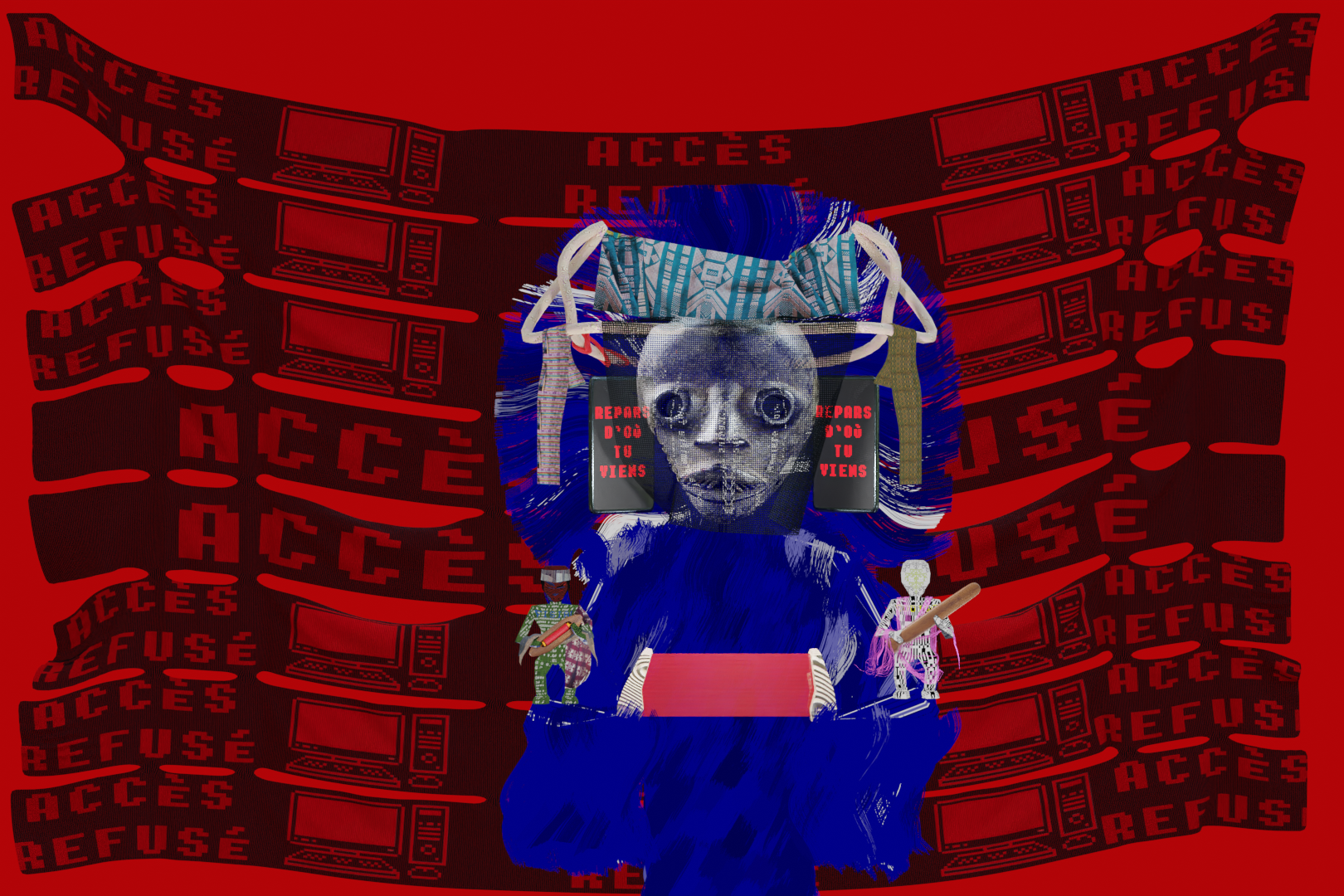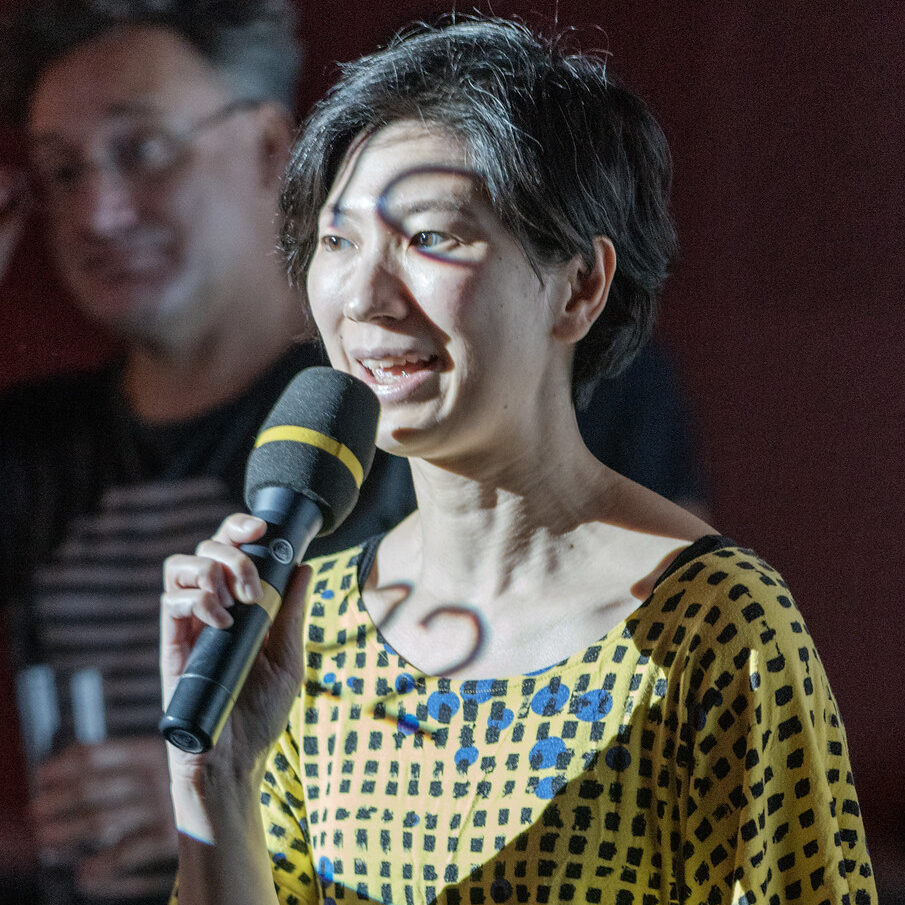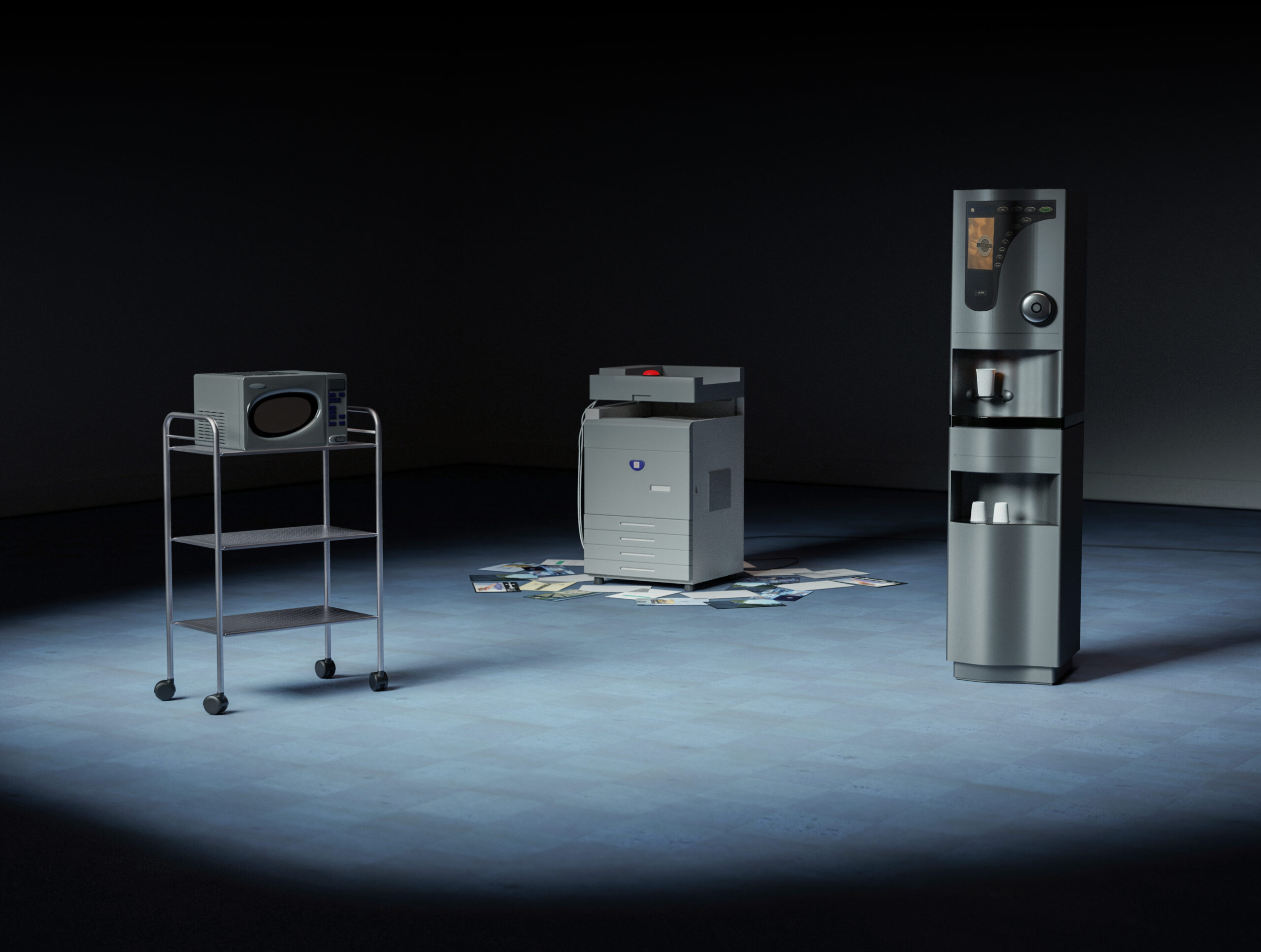The Prix Ars Electronica exhibition is considered one of the highlights of the Ars Electronica Festival program. We were able to take a look behind the scenes and discovered some innovations as well as projects from the archive.
The Prix Ars Electronica jury really didn’t have it easy this time. After all, almost 3,000 artists from all over the world submitted their diverse projects to win what is probably the most coveted prize for contemporary media art. The winners will not only receive the Golden Nicas, but also prize money and an appearance at the Ars Electronica Festival in Linz (from 4 to 8 September 2024).
In the end, 46 impressive art works were selected from the categories New Animation Art, Interactive Art + and u19 – create your world. The special AI in ART award will also be awarded for the first time this year. The exhibition of the award-winning projects is one of the highlights of the Ars Electronica Festival. For the first time, it will take place at the Lentos Art Museum in Linz. We met with curator Emiko Ogawa in advance. She tells us which works of art will be on show live and why they could well provoke discussion.
Emiko, you have been curating the Prix Ars Electronica exhibition for many years now. What is it all about?
Emiko Ogawa: The Prix Ars Electronica exhibition is a sensitive instrument for capturing the current zeitgeist. If we look at the first artworks from 1987 today, we can easily understand the mood at the time.
Imagine, the Golden Nica went to Wikipedia in 2004. Back then, this platform was new and exciting, today it is completely normal for us. In this sense, the Prix exhibition is not only important for this year, but also for the future. To emphasize this aspect, this time we will also be showing some projects from the archive.
In 2004, Wikipedia was considered exciting news. What topic excites us today that will perhaps be completely normal in ten years’ time?
Emiko Ogawa: Today, we are particularly excited about developments in AI (note: artificial intelligence) – both in companies and research institutes as well as in its everyday use. That’s why there is a special prize for AI in art this year. In this way, we are trying to capture the turning point of the year 2024.

Of the 2,950 submissions, 46 projects were honored. For various reasons, not all of them can be shown during the Ars Electronica Festival. How many of them are sure to be included?
Emiko Ogawa: We will be able to see 14 great Prix projects by artists from all over the world. These include, for example, “Smoke and Mirrors” by British artist Beatie Wolfe. With the help of an impressive visualization of the earth, she addresses rising methane concentrations in the earth’s atmosphere and the lies of the oil industry. She was awarded the Golden Nica in the New Animation Art category for her work.
We will also see the first officially commissioned music video generated entirely with OpenAI’s text-to-video model SORA. It is entitled “The hardest part” and was created by Paul Trillo, who received the Golden Nica in the special category AI in art.
What other projects can we look forward to? Perhaps there is one that has particularly surprised you …
Emiko Ogawa: Yes, for example “Conversations Beyond the Ordinary” by Jan Zuiderveld from the Netherlands. He introduces us to everyday appliances such as a coffee machine or a microwave, but each has its own personality. The coffee machine will only make you a coffee if you speak to it politely first.
The project shows that we should not only deal with machines themselves, but also with our attitude towards basic interaction and communication. Some projects may be difficult to understand at first, but with experience you discover the meaning. What you need is time.

The Prix Ars Electronica exhibition is being held at the Lentos Art Museum for the first time this year. What challenges and special features are associated with the new premises?
Emiko Ogawa: The Lentos is located right at the opposite of the Ars Electronica, it’s like a sister museum. Of course, the Lentos is a very beautiful building. The challenge for us is that it consists of large rooms. However, our projects have many different features and sound elements. These should not interfere with each other so that visitors can really immerse themselves in the vision and mindset of each artist. I am sure we will succeed.
A notable bonus of the new location is that visitors can also visit the current Lentos exhibition “The Journey of the Paintings” at the same time. Incidentally, the Prix projects in the u19 – create your world category will not be shown at Lentos, but at POSTCITY.
The theme of this year’s Ars Electronica Festival is “HOPE – who will turn the tide”. To what extent is this theme reflected in the exhibition?
Emiko Ogawa: The submission deadline for the Prix Ars Electronica ends before the festival theme is announced. The jury selection is also independent of this. Nevertheless, we are now seeing many different projects that present their artistic message as a positive action. This doesn’t mean big actions in the sense of “Let’s change the world!”, but rather small action steps for our own community. That fits in perfectly with the topic. I don’t think that’s a coincidence. This mindset is important for us humans to learn now.
What do you personally associate with the festival theme?
Emiko Ogawa: I like “hope” as a positive and future-orientated keyword. Many people feel powerless in the face of global conflicts that nobody seems to want, but which nevertheless cannot be ended. However, the important question is: what can I contribute in my own environment? What mindset should I cultivate for the future? We need a positive mindset and action to move forward. In the Prix Ars Electronica exhibition, we will get to know artists from different parts of the world who are leading the way with their actions in their respective fields.

In 1987, a prize dedicated exclusively to digital art still caused controversy. Today you see digital art almost everywhere. What are the discussions of today – do they exist?
Emiko Ogawa: Yes, there are. Interestingly, the jury of both categories, New Animation Art and Interactive Art +, selected some low-tech projects. That surprised me. Today, it’s less about the technology itself and more about how carefully this technology is used by and for people. I mentioned the AI-generated music video earlier. The decisive factor for this selection was not only the outstanding quality of the video. The exciting point is the collaboration with artificial intelligence, whereby human creativity can be promoted rather than replaced.
In the Interacive Art + category in particular, many artists also discuss the problematic effects of AI. It is a discussion about a fine line. The question of how artificial intelligence is embedded in different cultures and how it intervenes in local traditions and narratives is also exciting. We can see the Golden Nica project “Nosukaay” by Diane Cescutti. Her installation combines West African weaving art with maths and computer technology.
So it’s about recognizing the social message.
Emiko Ogawa: Yes, this is the key. There will also be an opportunity to meet some of the Prix Ars Electronica artists in person. On Wednesday (4 September) and Thursday (5 September) there will be a special guided tour with the prizewinners. You have to register online.

Another highlight of the Ars Electronica Festival is the Prix Forum. Can you already tell us something about this year’s program?
Emiko Ogawa: We have completely restructured the Prix Forum. Previously, the forum consisted more of discussions between the award-winning artists, but this year the dialogue partners will be selected based on the topic. Saturday is dedicated to the topic of AI, for example to “How AI is igniting artistic creation” or “How AI can be used as a collaborator for humans”. Artists and companies that are already active in this field will be invited to discuss the respective topics. Because we really want to talk about meaningful actions, not just nice theories.
Thank you for the talk and good luck with this year’s exhibition!
The Prix Ars Electronica exhibition can be seen from 4 to 8 September 2024 as part of the Ars Electronica Festival at the Lentos Kunstmuseum. Tickets are available here.

Emiko Ogawa
Emiko Ogawa is both an artist and a curator. She is Head of Prix Ars Electronica, the world’s longest-established media art competition.
